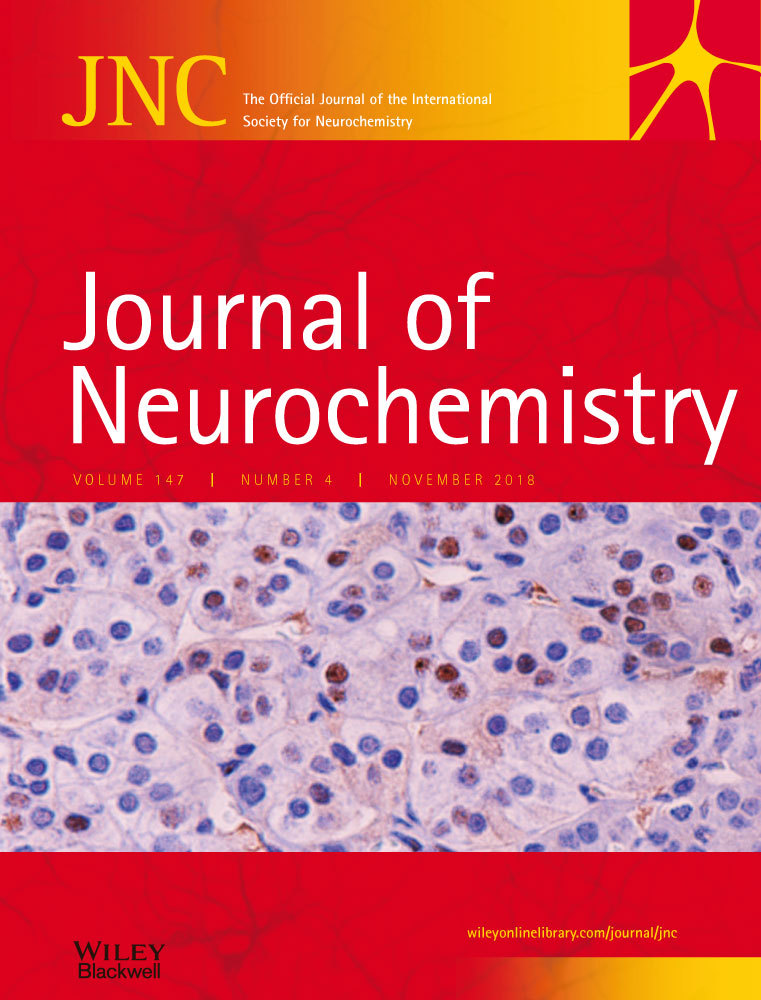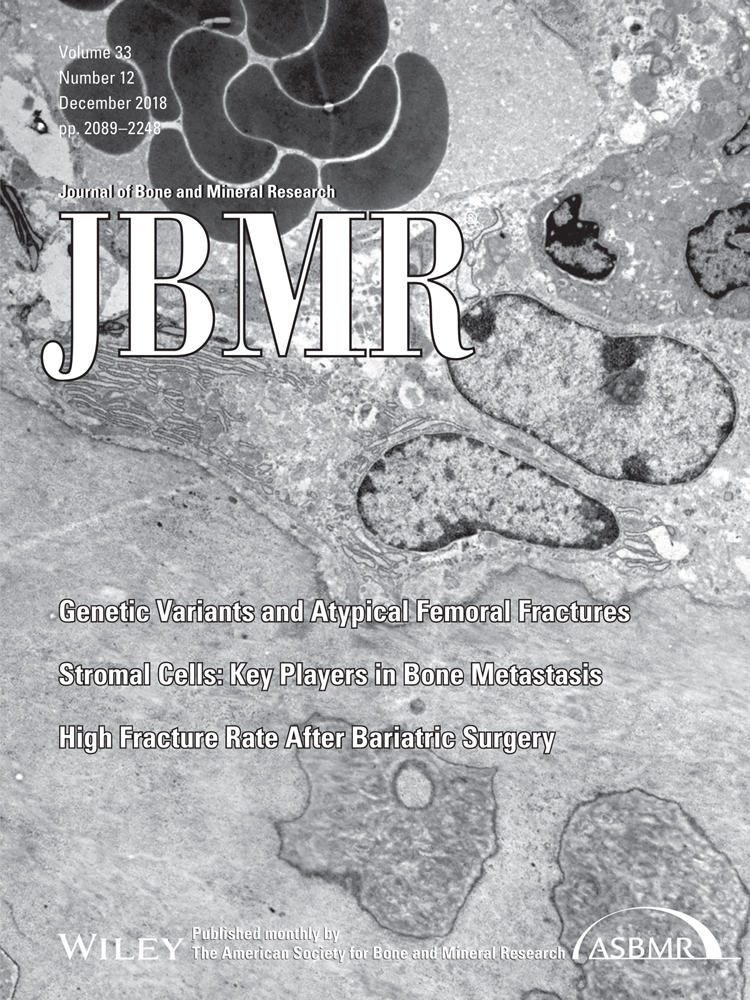
“Hempseed has achieved a growing popularity in human nutrition, particularly regarding essential amino acids and fatty acids. The multiple positive attributes of hempseed have led to the further study of its constituents.
In this study, hempseed extract containing phenylpropionamides (TPA) was obtained and its chemical profile and content were obtained using high-performance liquid chromatography technology based on previous study.
The anti-neuroinflammatory effect of TPA extract was evaluated using a lipopolysaccharide (LPS)-induced mouse model. Fourteen phenylpropionamides (TPA) were identified in the obtained extract with a total content of 233.52 ± 2.50 μg/mg extract.
In mice, TPA prevented the learning and spatial memory damage induced by LPS. Increased brain levels of IL-1β, IL-6, and TNF-α in the LPS-induced mice were reduced by TPA treatment. Furthermore, TPA attenuated LPS-induced hippocampal neuronal damage in mice.
This study demonstrates the nutraceutical potential of hempseed from a neuroprotective perspective.”
https://www.ncbi.nlm.nih.gov/pubmed/30556022
https://pubs.acs.org/doi/10.1021/acsomega.8b02250









 “Cannabis is one of the most widely used plant drugs in the world today. In spite of the large number of scientific reports on medical marijuana there still exists much controversy surrounding its use and the potential for abuse due to the undesirable psychotropic effects. However, recent developments in medicinal chemistry of novel non-psychoactive synthetic
“Cannabis is one of the most widely used plant drugs in the world today. In spite of the large number of scientific reports on medical marijuana there still exists much controversy surrounding its use and the potential for abuse due to the undesirable psychotropic effects. However, recent developments in medicinal chemistry of novel non-psychoactive synthetic 